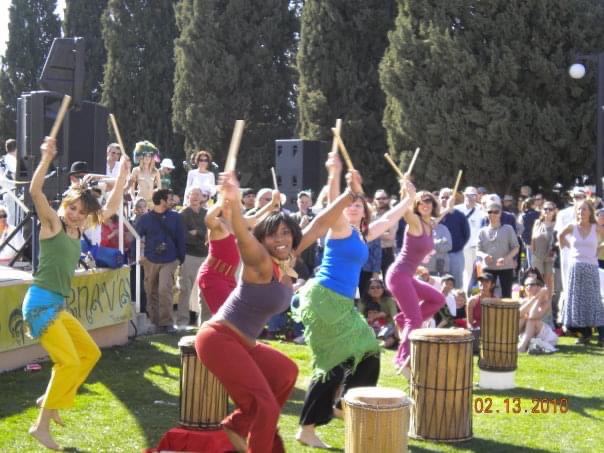Modeling Socially Intelligent Behavior
Social intelligence is more than “the capacity for extracting the rules, protocols, and norms that guide appropriate behavior in a given social setting,” according to Daniel Goleman, Ph.D., author of Social Intelligence.
The full spectrum of what signals an individual’s social intelligence also includes “social awareness, what we sense about others, and social facility, what we then do with that awareness.”
Dr. Goleman explains there are both cognitive (thought-based) and non-cognitive (automatic, operating beneath our awareness) aspects of social intelligence.
Non-cognitive abilities like primal empathy and synchrony, operate with the help of mirror neurons in our brains, which fire both when performing an action oneself and seeing that action performed by someone else.
“The same neurons responsible for perceiving and understanding an action (say, seeing someone clap his or her hands) are responsible for generating that action (clapping your own hands),” says Piercarlo Valdesolo, Ph.D. of The Scientific American.
Dance educators will resonate with the power of his next statement: “We are natural born imitators.”
He continues, “Researchers have long speculated about the social function of moving together in time. Synchronous action, they have proposed, may play a role in forming and strengthening alliances among group members, affording protection to individuals by enabling collective responses to danger…So an affinity for synchrony promotes the very activities that will keep you safe. Individuals that move together, survive together.”
One could hardly name a better example of synchronous action than the Māori Haka dance. Performed before matches by New Zealand’s national rugby union team, the incredible social bond of its members is evident. (From a cultural context, The Maori Haka dance celebrates the warrior chief Te Rauparaha’s near escape from death in battle in the early 19th century.) When I have had the opportunity to observe it, it hasn’t been in real life, but even as I view recorded performances, the sense I have is that onlookers can’t help but want to reflect back the same energy to the players.
“It turns out that there’s a subset of mirror neurons whose only job is to detect other people’s smiles and laughter, prompting smiles and laughter in return,” write Daniel Goleman and Richard E. Boyatzis in Social Intelligence and the Biology of Leadership, “A boss who is self-controlled and humorless will rarely engage those neurons in his team members, but a boss who laughs and sets an easygoing tone puts those neurons to work, triggering spontaneous laughter and knitting their team together in the process.”
By the same measure, a dance teacher who can lead her students in synchronous action will leverage her students’ social intelligence. If she has a sense of humor while leading movement material, all the better.
